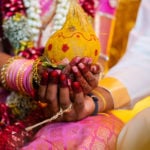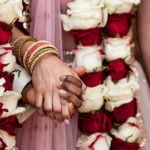Indian Matchmaking – Netflix’s Divisive Show and Indian Culture’s Harsh Realities
Discussing South Asia’s problematic rishta culture through Sima Taparia from Mumbai.
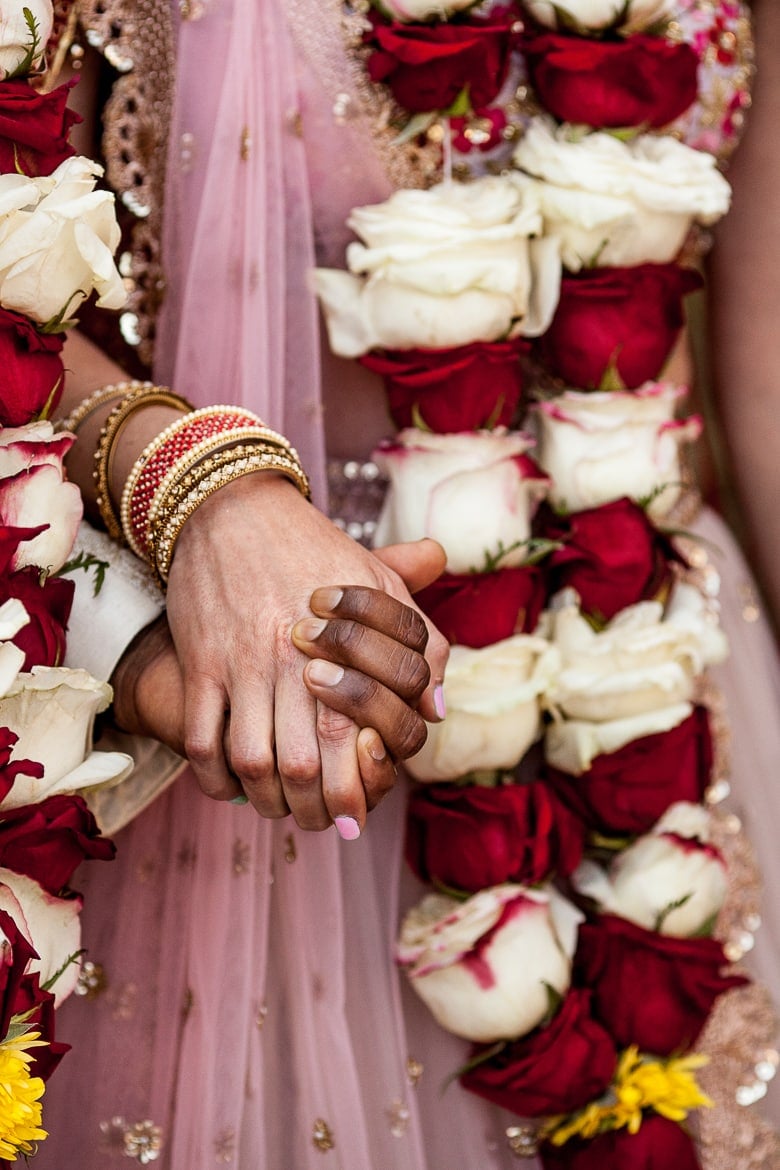
If there is one thing about quarantine that all of us have in common, it’s binge-watching television. Never has there been a better time to plop in front of the TV with a plate full of biryani! And when Sima Taparia from Mumbai in Netflix’s Indian Matchmaking graced our technological screens, the show – depicting Indian culture – its rishta game, hit a little too close to home.
The show follows a straightforward concept. Potential brides and grooms-to-be alongside overbearing parents meet Sima Aunty for an ice-breaker discussion. Preferences are conveyed, prospective suitors are perfected on paper, meeting schedules are arranged, and then it’s up to the couple to decide their chemistry and compatibility levels.In some ways, the producers have tried to direct the narrative away from the typical “big fat Indian wedding” and offered the reins of decision making into the 30 somethings hands. Indian Matchmaking is full of vulnerable moments as well as hilariously cringe-worthy reactions, navigating audiences through the ridiculousness and awkwardness that comes with playing cupid. I personally found myself laughing on more than one occasion.
However, it also unconsciously explores some of Indian culture’s brutal truths. These include the emphasis on being tall, how light-skinned girls are still considered a “good” match, the enormous pressure to be married, the disproportionate focus on class and how strong, independent women are seen as a threat; even in the 21st century. What the showrunners failed at doing was addressing these problematic beliefs in detail. Why do they exist, and why is our definition of “perfection” the only way forward?
Sima, though well-intentioned, often comes off as regressive or predictable in her approach. And that is the opportunity that Netflix did not challenge: a social system mostly built upon harmful cultural biases.
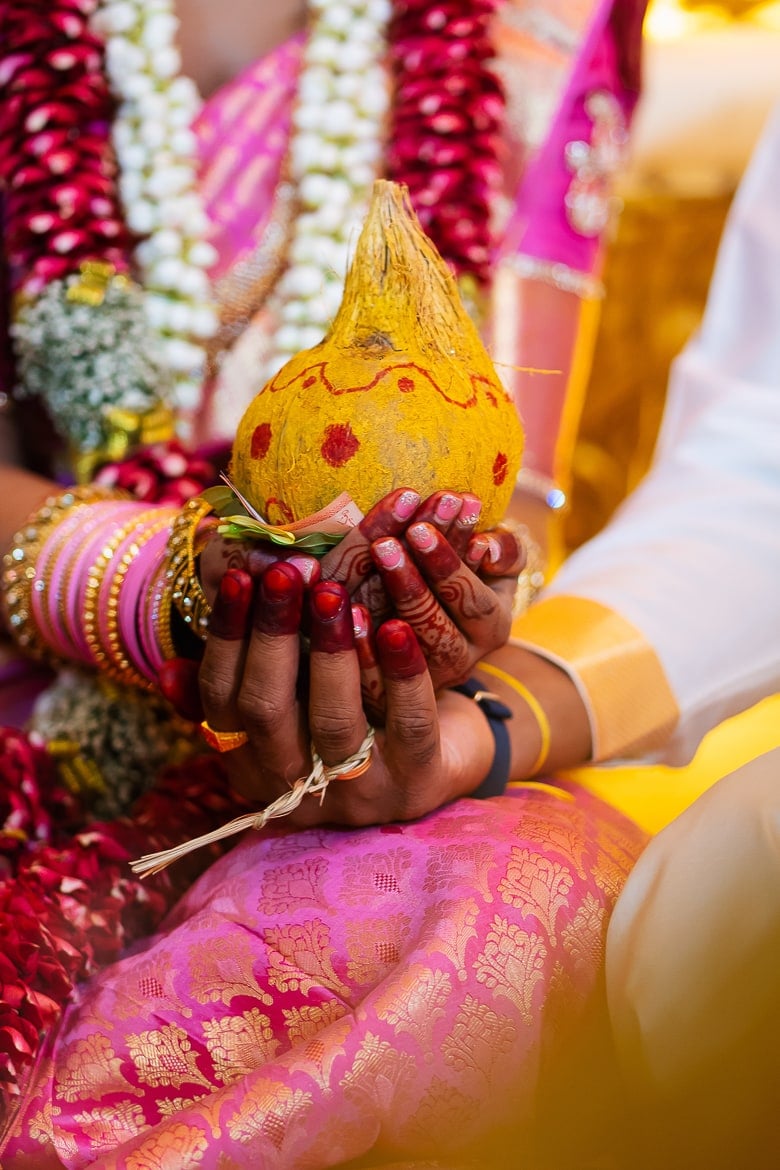
Throughout its eight episodes, the show either blatantly or subtly hints at “fairer” girls having a better chance at finding love. “She’s fair, tall and slim, so I think it’ll be a good match”, says Sima Aunty while jetting off from India to the States and back.
South Asia has a colorism problem. If you were to flip through Desi television channels, it is almost inevitable to stumble upon a skin-whitening cream heavily endorsed by influential Bollywood celebrities. This often stems from our colonial hangover; where white is regarded as the colour of supremacy. If I narrate my own experiences as a child, I was regularly discouraged from playing in the sun because it’ll “ruin” my “light complexion”. I was also told off for having chai because it “contained skin darkening properties”. I didn’t understand what either of them meant but I became hesitant about chai and playing in the sun. Sounds absurd, doesn’t it? What’s even more ridiculous is that these problematic ideas are still routinely promoted on international television.
Female candidates from the show who didn’t fit the “fair, tall and slim” criteria acknowledged a different fate on the show. For example, businesswoman Ankita Bansal is sent to a life coach, with whom she discusses her body and skin-colour insecurities.
Many of these issues are based on the assumptions and unspoken rules of Indian culture. They are especially damaging because most of us may never recognise them as unconscious biases, and base our ideas and actions towards others on them.
For example, all of Sima’s candidates hail from wealthy families who are allowed to date suitors before reaching a decision. However, this may not always happen. I am aware of people within my own circle who have had to orchestrate their love as an “arranged” setting, in order to avoid backlash from immediate families. The fear of bringing “shame” or “disappointment” is so monumental, that individuals sometimes have no choice but to fake knowing each other prior to parents meeting. And that’s another widespread issue the show does not explore.
In examining the issues at the heart of Indian Matchmaking, we are actually inspecting some of the issues that we accept as culture norms. Consider how normal the expectation that the “man of the house” should have a high paying job is. Think on how, in general, arts and humanities are seen as less worthwhile life pursuits than sciences. Understand the unfairness inherent in our cultural fear of powerful women with highly paid jobs, or the expectation that they should be okay with suspending their work progress to pursue a traditional role of femininity and child-bearing, and all too often, inferiority, in their household.
This gender inequality is, in my view, unfortunately reinforced by Indian Matchmaking, perhaps despite its creators’ best efforts to overcome. The simple “rules” of our culture are instead reinforced along gender lines. Even if men don’t have a high-paying job or career success, they will be able to find a match at any age, as a result of being men. Women, on the other hand, face relationship purgatory. If she is over 30, all too often her choices are limited. If she’s divorced, it’s even worse. If she is divorced with children, then why bother trying?
No such rules apply to men, and this arbitrary value proposition is reinforced by a show that uses astrology, face-reading and resume-like biographies of participants to assess their compatibility, rather than good, old fashioned chemistry.
In this sense, Indian Matchmaking is based on dissonances that are all too clear to many, particularly the younger generation. On the positive side, it does show how matchmaking could work for metropolitan, liberal, 21st Century millennials. However, it also shows why it probably shouldn’t, by reinforcing deep-seated cultural issues that treat relationships like a job role, rather than something to be valued, earned, and committed to.
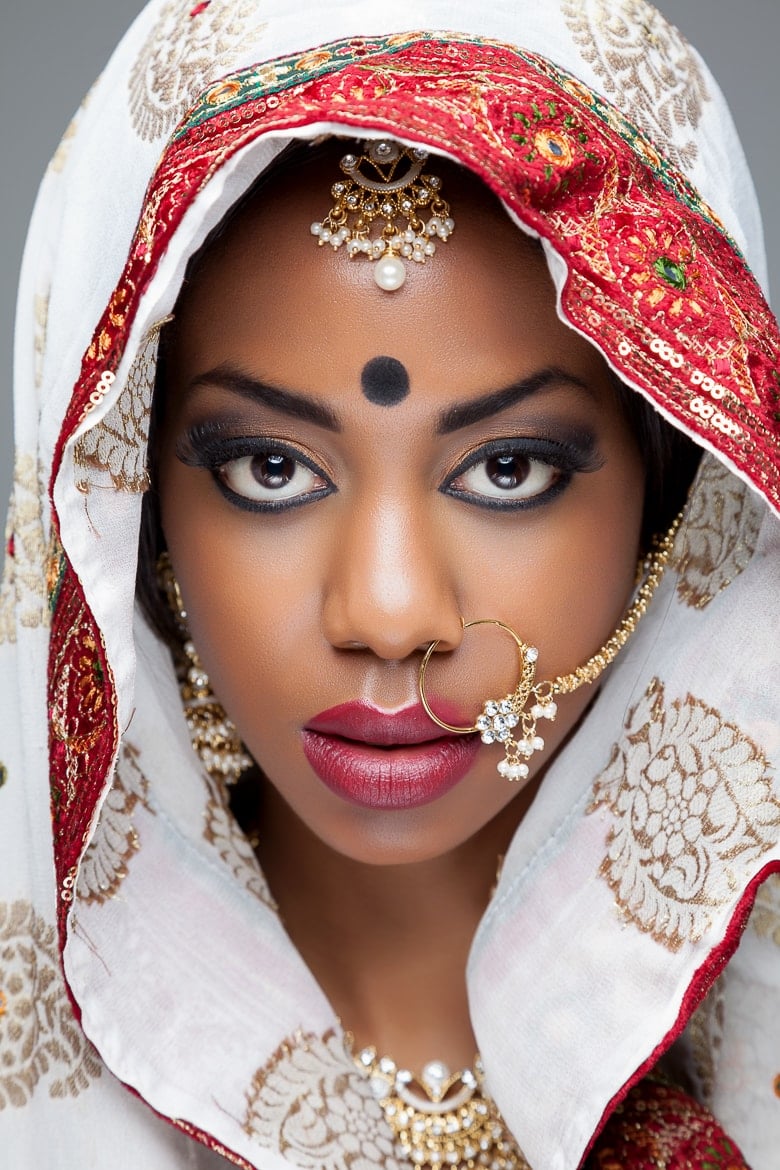
And that maybe the biggest issue Indian Matchmaking fails to address. They should have made it a point to ask potential suitors their valid reasonings to marry in the first place. And no, “my parents want me to” does not make the cut! What is it that they want out of life? Most of them seem to be dragging their feet in order to make their families happy. Is that really the way to start a new life (changing) chapter? I guess we’ll find out in the second season if Netflix decides to redeem itself. After all, their efforts are meaningless if the stars are not aligned!
I’d love to hear from you! Have you watched Indian Matchmaking? Did it create a buzz in your home? Who was your favourite? Leave me a comment below.
Hungry for more?
Subscribe to my newsletter for free recipes, nutrition tips and all the latest updates.
[products columns=”1″ skus=”VEGAN”]



